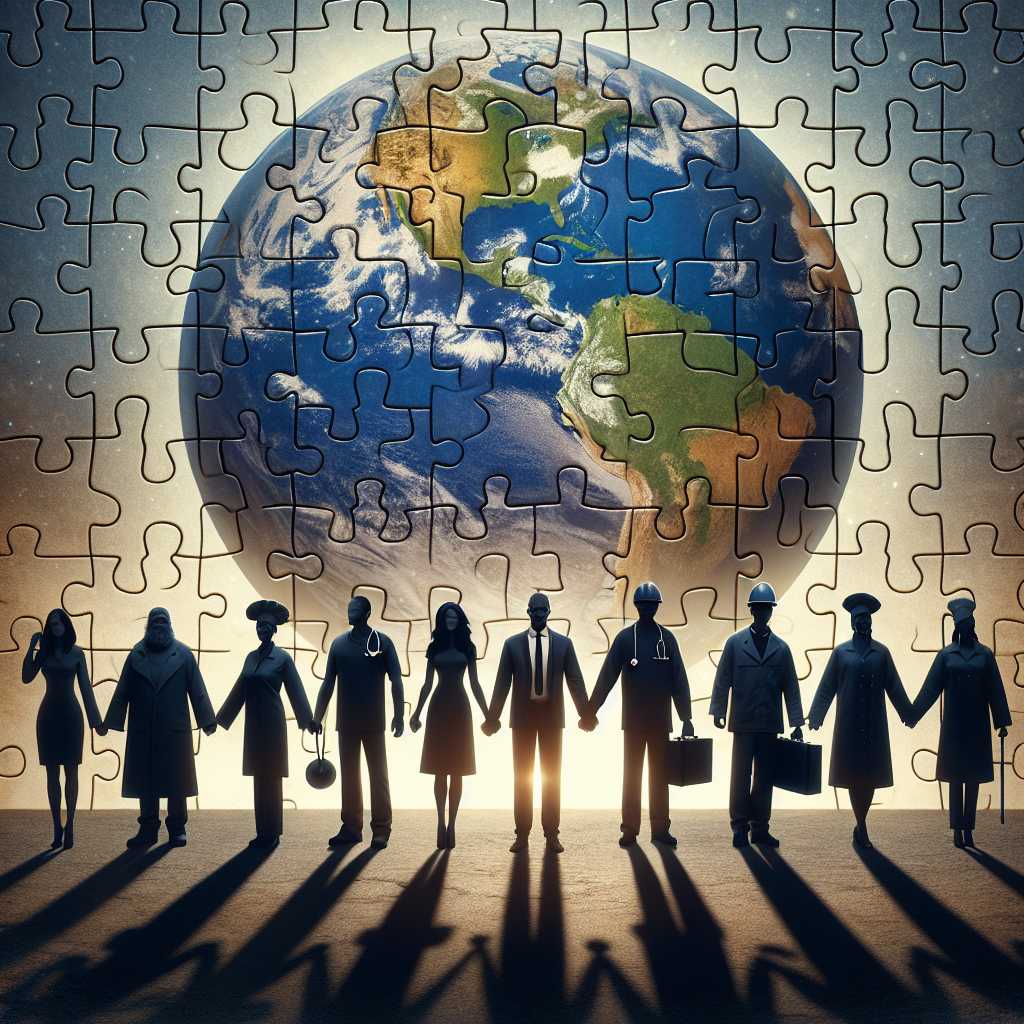The Union: An Exploration of Political and Societal Unity
In an era characterized by division and discord, the pursuit of union—whether it is political, socioeconomic, or cultural—remains a significant driving force for peace, stability, and progress on both the national and global stage. This comprehensive article will discuss the various dimensions of union including the historical perspective of nation-building, the effects of political unions such as the United States and the European Union, the importance of societal unity, challenges to unifications, and how globalization is shaping our understanding and implementation of union.
The Historical Perspective on Nation-Building and Unity
From antiquity to modern times, nation-building has been an ancillary process of uniting smaller communities or states into larger entities. Historical examples such as the unification processes in Italy under Giuseppe Garibaldi and Germany under Otto von Bismarck spotlight efforts to bring together disparate regions and factions under a single national identity. These centuries-old endeavors shared commonalities in leadership, ideology, and sometimes conflict, propelling societies toward a singular state with collective goals and shared identities.
Political Unions on the International Stage
On the international platform, political unions often manifest in the form of federations or alliances of independent states. The United States represents one of the oldest and most successful models for federal union, describing both a political entity united under a single constitution and a symbol for the ability of diverse states to unify for a common purpose.
Another paramount model for political unity is the European Union (EU). Established in the wake of World War II to promote peace and organized economic cooperation, it marked groundbreaking progression in regional cohesion, exceeding economic interests to embrace political and social integration. Each member nation weighs national sovereignty against the benefits gained from operating as a part of this larger whole.
The Cultural Significance of Societal Unity
Societal unity speaks to the shared values, beliefs, customs, language, and history that bond individuals within a community. It holds substantial weight in fostering a secure social environment where people feel connected through common heritage or aspirations. The cohesion between citizens is also fundamental in resilience against social phenomena such as unrest or divisions that can fracture society.
Challenges to Sustainable Unions
Despite the seeming advantages, creating and maintaining unities becomes fraught with myriad challenges such as ethnic diversity, regional disparities in wealth and resources, ideologies, languages, and historical confrontations. For instance, some countries face secessionist movements or ideological schisms that pose serious questions about coherence within the purported union.
Economic inequalities also exert stress on unions—the wealth gap between EU nations articulates this struggle where richer countries may need to contribute more for economic parity at the cost of domestic priorities. Balancing differing interests always requires diplomacy, negotiation, fairness, and often significant compromise.
Globalization: A Modern Context for Unity
In the context of globalization—a process characterized by worldwide interconnections, technology’s spread, trade liberalization, and cultural exchanges—the concept of union acquires new dimensions. No longer confined within geographic territories, unions now have growing relevance in global governance structures such as the United Nations or World Trade Organization aiming at multilateral collaborations.
The Future of Union Integration
Looking forward, shifts in international power dynamics may influence how unions shape global politics. Advocacy for localism juxtaposed with trends toward international integration sits at an uncertain nexus. Emerging technologies, climate change challenges, transnational negotiations on trade policies, and human rights stand out as key areas where unity becomes both imperative yet increasingly complex.
Notes
Image Description
A diverse group of individual silhouettes standing together overlaid onto a backdrop depicting a seamless jigsaw puzzle missing a single piece – symbolizing unity among diversity and the ongoing work toward complete societal integration.
